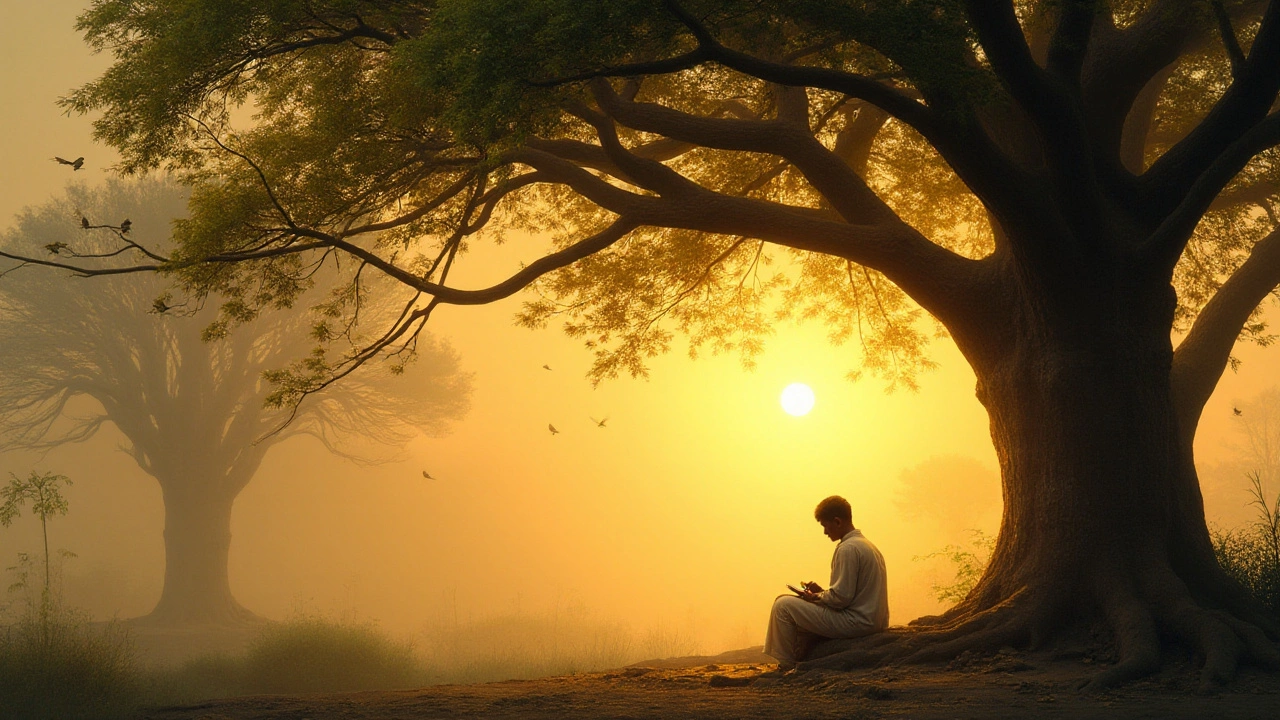Indian Poetry Forms: A Quick Guide to Classics and Modern Spins
If you’ve ever wondered why Indian poems feel so rhythmic or why some verses rhyme in a pattern you can’t crack, you’re probably missing the core forms that shape them. From the lyrical ghazal to the punchy doha, each style has its own rules, history, and vibe. Below you’ll find the most common forms, why they matter, and a few simple tips to start writing your own.
The Basics: Five Forms You Should Know
Ghazal – Originating in Persian, the ghazal landed in Urdu and Hindi with a strict 5‑line couplet structure. Each couplet (sher) stands alone, but all share the same rhyme‑radial pattern (qaafiyaa) and a refrain (radif). The theme is often love or longing, but you can twist it for politics, tech, or daily life.
Doha – A two‑line poem with each line split into 13 and 11 matras (syllables). It’s the go‑to format for moral lessons; think of Kabir’s famous couplets. The brevity forces you to be sharp – perfect for social media posts.
Shayari – A broader term covering any short poetic expression in Hindi/Urdu. It can adopt the ghazal’s couplet style or flow as free verse. Shayari thrives in spoken word and Instagram captions.
Chaupai – Four‑line verses with a fixed meter, commonly used in epic narratives like “Ramcharitmanas”. The rhythm is steady, making it ideal for storytelling or devotional songs.
Kavita – The general Hindi word for poem, often free‑form but can follow classical meters like ‘Ragni’ or ‘Javali’. Modern kavita mixes street slang with traditional rhythm, giving a fresh voice to age‑old themes.
How to Try One Out in Minutes
Pick a form. If you choose a doha, write two lines, count the syllables (13/11), and make the second half end with a punchy moral. For a ghazal, draft a rhyme‑radial pair first, then repeat the refrain at the end of each couplet – think of a catchy phrase you can recycle.
Read famous examples. Kabir’s dohas are short enough to memorize in a coffee break. Check out Faiz Ahmed Faiz’s ghazals for how the refrain can be both melancholic and hopeful. Seeing the pattern in action helps you internalize the flow.
Don’t stress about perfection. Indian poetry has always been an oral tradition – the goal is to sound natural, not robotic. Write, read out loud, tweak the meter, and you’re done.
Our tag page also features related reads you might enjoy: “Oldest Poet in India” explores early literary giants, while “Poor Poetry: What Do You Actually Call It?” shows common pitfalls to avoid when you start. If you love the romantic side, the “Saddest Poem by John Keats” piece gives a comparative look at melancholy in Western verses, which can inspire new twists in your ghazals.
Remember, the beauty of Indian poetry isn’t just in the rules; it’s in how those rules let you play with language, rhythm, and emotion. Whether you’re crafting a quick doha for a WhatsApp status or a full‑blown ghazal for a blog post, the forms above give you a solid foundation. Keep experimenting, read a lot, and soon you’ll find your own voice in the rich tradition of Indian poetry.
- Arjun Bhardwaj
- 17-01-25
- Short Poetry
Understanding the Art of Villanelle Poetry in India
Villanelle poetry, with its intricate structure and captivating rhythms, has a special place in the world of literature. Known for its repeated refrains and fixed tercets, the form challenges poets to blend creativity with precision. This article explores the origins of the villanelle, its unique characteristics, and how it's embraced by Indian poets. Practical tips are provided to help both novice and seasoned writers master this expressive form.
Details